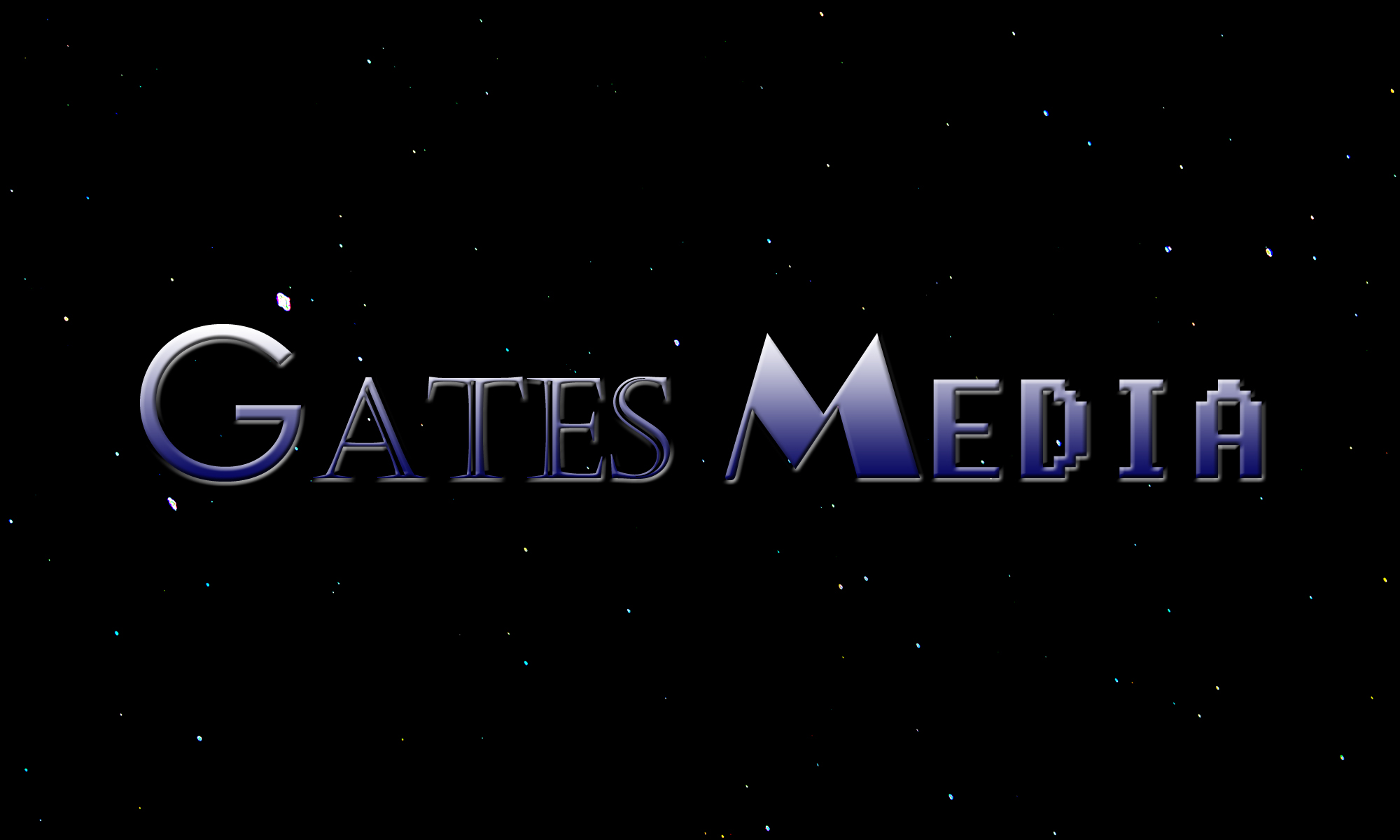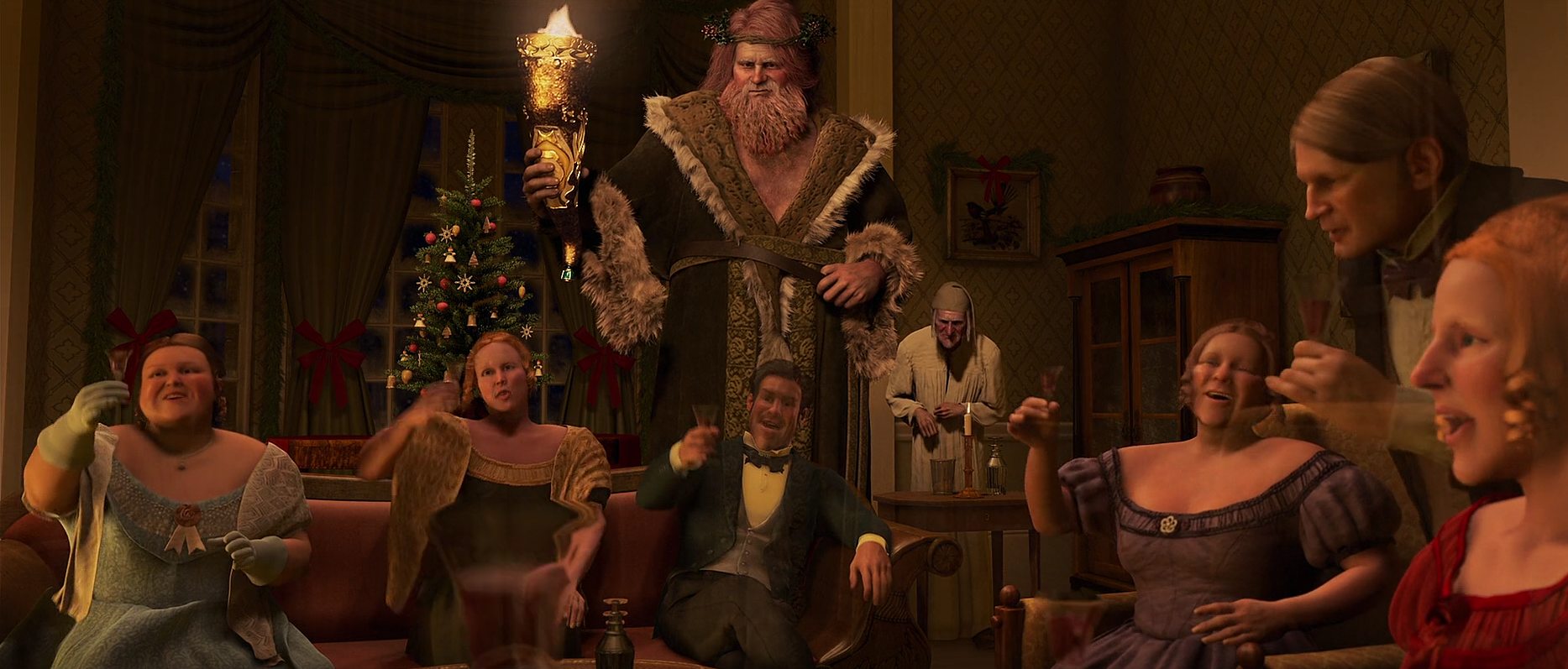Transcript:
Kingsglaive: Final Fantasy XV is a photorealistic, technological marvel… that critics have also described as a chaotic series of beautiful images. Despite its technological achievements, Kingsglaive fails to do what film theorists say all movies should aspire to do: to tell its story through visuals.
Visual language, as used by visual art mediums like photography, painting, and drawing, communicates ideas through pictures. Because they’re composed of a series of images, movies are also a visual medium. Films use elements like shot composition, lighting, costuming, video editing, and positioning of props and actors to tell a visual story and convey ideas and tones. While films can also use verbal, written, and musical communication to convey meaning, film theorists claim that as a visual medium, movies should tell their stories visually.
We don’t need to go far to see Kingsglaive’s terrible use visual language. Let’s take a look at the first fight scene, which serves as a good preview for the rest of the movie, to see why great graphics don’t necessarily make great visuals.
The first fight scene in Kingsglaive features an epic battle that doesn’t have an ending or a clear victor, which is kind of important considering that the characters spend the next fifteen minutes of the movie lamenting the terrible loss. In this battle, Assassin’s Creed fights Starship Troopers… I mean the kingdom of Lucis defends a wall from the empire Niflheim’s army.
As the first battle in the movie, it introduces elements that we’ll see for the rest of the film like sword teleportation, magical shields, monsters, daemons, Lucis’ Kingsglaive, and Niflheim’s army. It also just shows random stuff that never comes up again. Invisibility! Surprise! A group of mages summon a fire tornado that not only never comes up again but also prominently kills their own troops. Niflheim deposits a daemon into the field that also prominently kills their own troops. Who’s fighting who again? Oh yeah.
The daemon puts out the fire tornado by standing on it or something, and the Kingsglaive’s captain orders a retreat because they can’t defeat a mighty daemon. The daemon then fires missiles over the wall and causes an overhanging rock to collapse and destroy the bridge joining the two armies. A couple monsters make it to the Kingsglaive’s side though. The protagonist Nyx decides to save his friend Libertus, who got caught under a falling rock, even though everyone tells him not to. Feel free to kill your allies, but don’t save them. I’m totally on this kingdom’s team. Screw people.
Then, a really dumb series of shots happens that fails to show a bug monster tossing the rock off Libertus and Nyx saving him. No, no. Let’s stop here and appreciate how dumb these shots are.
- The bug monster runs past Nyx, and Nyx throws his sword. In the next shot, that’s not Nyx. That’s Libertus. Don’t let the juxtaposition trick you.
- The bug monster launches the rock and Libertus into the air, but the only way to actually see that is by watching it frame-by-frame.
- The next shot gives us less than half a second to register that Nyx has finally arrived at the scene in a mess of sparks at the same time Libertus lands on the ground. No, Libertus isn’t the one who teleported and still isn’t Nyx.
- A new shot just shows Nyx rolling underneath the bug and cutting its legs off because that last shot wasn’t pointless enough.
- Then, in the next shot, that’s Libertus. Apparently, Nyx teleported to nowhere because he’s covered in sparks again.
- He throws his sword out from underneath the bug, which mandates another cut.
- Finally, he electrocutes the bug, but we need to see this from another angle.
You know, this might have looked cool if it weren’t separated into seven shots. Maybe, we’d be able to see what was happening… No, that’s stupid.
The monsters fall into the abyss as the bridge continues to collapse, and Nyx and Libertus teleport to safety. Just when they think the battle’s over though, the daemon appears out of a dark cloud of smoke and then…! The scene ends… What the f—
Movies have a beginning, middle, and end, but each scene should also have a beginning, middle, and end. This applies to action scenes as well, which are by definition scenes. This isn’t an ending. If Niflheim can’t control their own monster and the Kingsglaive claim they can’t defeat it, then how do all the main characters in this scene live to the next one unscathed and unconcerned? Apparently, the daemon wasn’t a problem, but alas, they continue bitching about it.
The following scene pretends to end the previous one with a series of black fades as if to suggest that something tragic occurred. It is tragic. The movie shows it’s tragic because a lot of people died, mostly because both sides summoned catastrophes beyond their control. The movie claims it’s tragic in the following scenes where the king of Lucis determines that this battle was such a horrendous loss that he has no choice but to surrender to Niflheim. None of the main characters lament in this scene though. They talk about how Nyx committed an act of insubordination by saving Libertus. Simultaneously, something tragic occurred, and all anyone cares about is that one more person should have died.
Movie, is it tragic or isn’t it? Tell me how I should feel and why!
Part of the reason for this confusion stems from the audio contradicting the visuals. The visuals show two armies fighting one another, uncontrollable power, and numerous deaths on both sides. The battle ends because the bridge joining the armies falls. A soldier chooses to save his friend from some straggling monsters and succeeds, but then a daemon emerges from the smoke. The following scene shows the tragic aftermath of a difficult battle. Nyx comforts Libertus, and the captain comforts Nyx.
The audio tells a different story that the visuals fail to show. [“All units move to secure the wall. If they break through, we’re done.”] [“The East wall’s going down.”] [“We can’t take down that daemon. I’m ordering a full retreat.”] [“Nyx, we have orders.” “Help!” “Nyx!”] [“You disobeyed a direct order to retreat.”] [“Yes, your majesty, despite their victory all but assured…” “A sudden and inexplicable retreat.”] “Niflheim could have retreated because the bridge collapsed, and it lost a lot of its troops. ” “No, it’s a complete mystery! We have no idea why any of this is happening!” A terrible loss for Lucis looks like this. They must have high standards. Seriously, does the audio and video belong to the same movie?
This first scene encapsulates the entire film: visual chaos and contradicting explanatory audio without an ending. During a fight with a giant octopus, a tentacle smacks Nyx’s friend Luche out of existence. In a series of 16 cuts over 18 seconds, Nyx breaks a bug-robot monster with his bare hands, it smokes, another monster attacks it, and they both just stop moving. It takes three camera angles just to show Luche turning around. After Libertus joins a rebellion to protest Lucis’ actions, a radio broadcast names him a perpetrator of an unidentified crime. The only thing the rebellion does in the entire movie is get shot in the streets. [“This is what 100 years of peace looks like.”] A runway?
The movie ends with heroic music despite the protagonist’s death, the leveling of a city, and the deaths of probably hundreds of thousands of people. Yay! We saved the future I guess…! And a couple assholes who don’t seem to care about all the people who died in the process. Why is this woman important to the future again?
Kingsglaive contains detailed, beautiful, and photorealistic graphics, but they often don’t match the story the movie tries to tell audibly and occasionally lapse into complete incoherence. That’s truly the definition of meaningless eye candy. Talk at you next time.
[“We must part ways here.” “What?” “I can hardly travel in secrecy alongside so great a hero.”]

